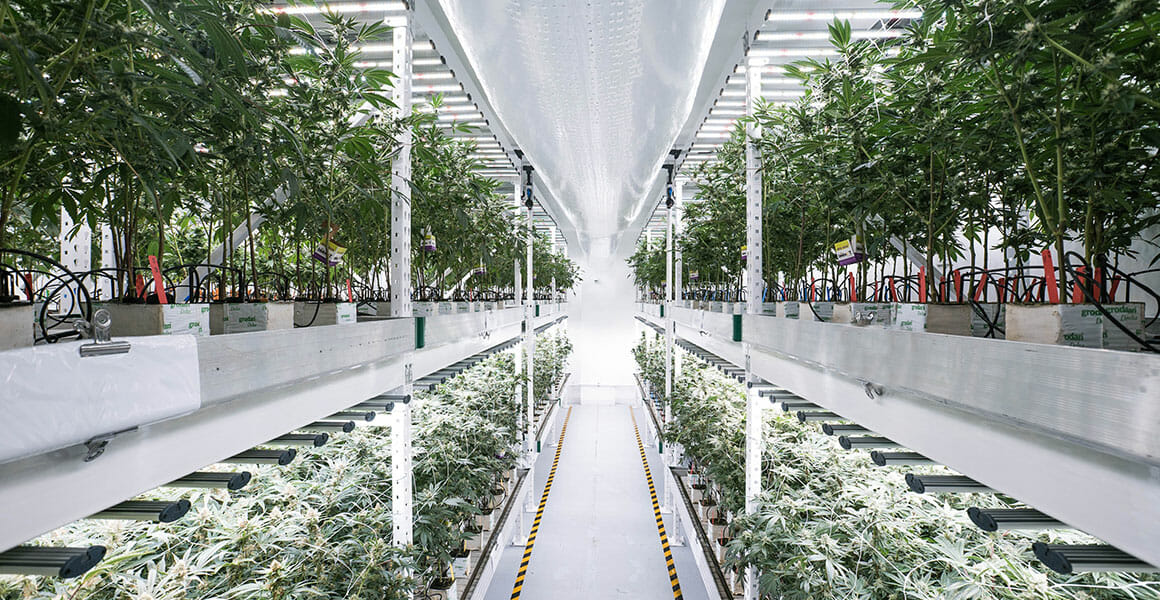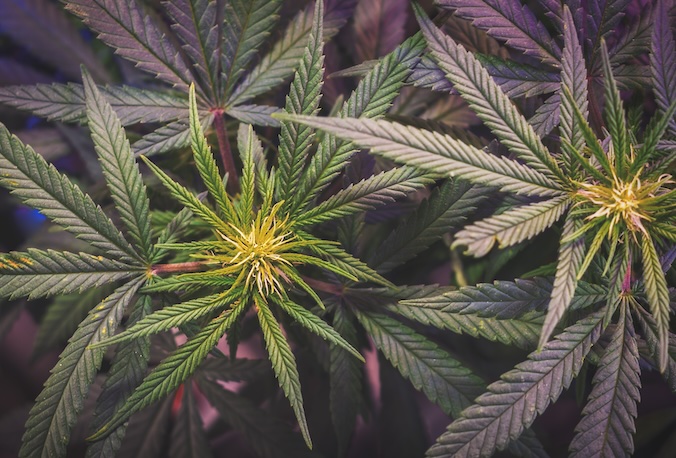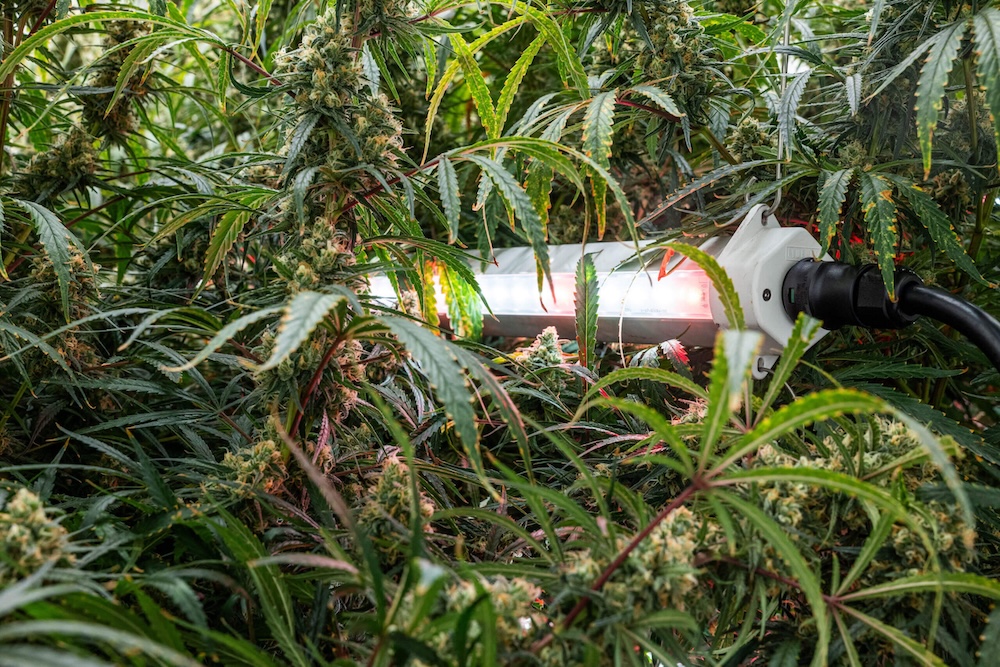Data Science Demystified: A Practical Approach for Cannabis Cultivators
- Posted on
- by Fluence Bioengineering
Table of Contents
In a compelling presentation at MJBizCon 2024, Fluence Data Scientist Dr. Jason Matlock addressed one of the cannabis industry’s most pressing challenges: how to effectively use data to improve cultivation operations without becoming overwhelmed by complexity. As the cannabis industry continues to commodify and profit margins tighten, the ability to make data-driven decisions has become increasingly crucial for success.
“The key here is to recognize that collecting data is not the same as gaining insight,” Matlock emphasizes. “There’s a lot of companies who are collecting data, and they’re drowning in it. They have all sorts of records, but they’re not learning anything from that material.”
Understanding Data Science in Cannabis Cultivation
Matlock challenges the common misconception that data science requires complex AI systems or neural networks. Instead, he presents data science as an accessible process that begins with asking the right questions. Simple visualization tools like box plots and line graphs can often provide powerful insights when used strategically.Types of Data Analysis
The presentation outlines two fundamental types of data analysis in cultivation:- Investigation: Addresses specific events or outcomes, seeking to understand why something happened to replicate success or prevent failures
- Process monitoring: Focuses on ensuring consistent execution of known best practices
Case Studies in Cannabis Data Analysis
To demonstrate how data science principles can be effectively applied in cannabis cultivation, Dr. Matlock presented two compelling case studies. These examples showcase both investigative analysis and process monitoring in real-world scenarios, illustrating how systematic data collection and analysis can solve complex cultivation challenges. The first case study examines a temperature management issue that challenges common assumptions, while the second explores innovative approaches to standardizing defoliation practices. Both cases highlight the practical value of data-driven decision-making in modern cannabis cultivation.Case Study 1: Heat Management Investigation
To illustrate these concepts, Matlock shared a practical example involving a client’s claim about Fluence fixtures causing excessive heat in their greenhouse. Through systematic data analysis using simple box plots, the team discovered that room location and insulation, not the fixtures, were responsible for temperature differences. This case study demonstrated how asking the right questions and following a methodical approach can reveal unexpected insights and solutions.Case Study 2: Defoliation Process Monitoring
The second example focused on process monitoring in defoliation practices, a critical but labor-intensive cultivation task. “How do we know if defoliation is standardized and under control?” Matlock asks. “If it’s that critical and we’re investing that much into it, why don’t we know objectively if we are successfully standardizing this practice?” He presented two potential measurement approaches:- Monitoring light penetration to the lower canopy
- Using automated imaging to count visible bud sites
Implementation Process
The presentation outlined a clear process for implementing data science in cultivation:- Begin with specific, business-critical questions
- Apply system understanding to identify relevant metrics
- Develop appropriate data collection methods
- Process data to highlight meaningful patterns
- Analyze results and take action
- Repeat the cycle to measure impact


